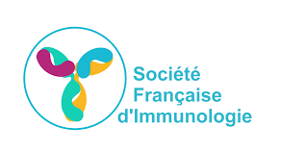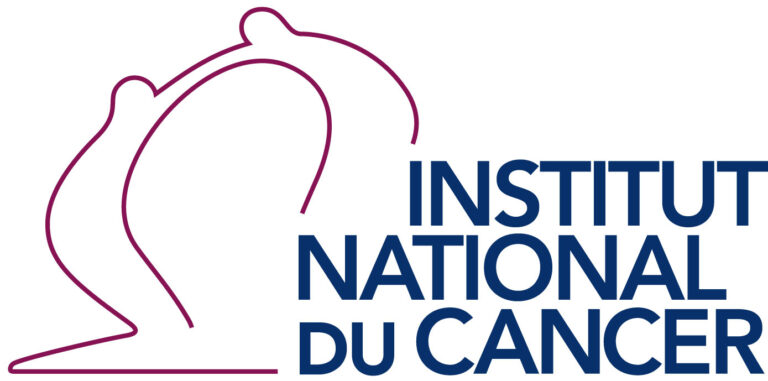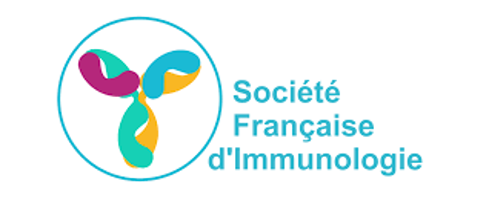Functions of two humoral memory populations and their generation mechanisms
→ Read the abstract
The successful establishment of humoral memory response depends on at least two layers of defense. Pre-existing protective antibodies secreted by long-lived plasma cells (LLPCs) act as a first line of defense against reinfection (“constitutive humoral memory”). Previously, a second line of defense in which pathogen-experienced memory B cells are rapidly reactivated to produce antibodies (“reactive humoral memory”), was considered as simply a back-up system for the first line (particularly for re-infection with homologous viruses). By using influenza model system, we found that, in the case of re-infection with similar but different strains of viruses, the constitutive humoral memory (LLPCs) is no more protective, while reactive humoral memory (memory B cells) plays a crucial role. These somewhat differential roles of LLPCs and memory B cells promoted us to look for the generation mechanisms of the two compartments in germinal centers (GCs). We proposed the affinity instruction model, whereby a high-affinity or low-affinity BCR is the primary determinant for LLPC or memory B cell generation, respectively. I will present the experimental data to support this model.
Tomohiro Kurosaki, MD, PhD
RIKEN Center for Integrative Medical Sciences, Osaka University, Japan
Unveiling the molecular basis of T cell malfunctions and disorders using multi-omics approaches
→ Read the abstract
T cells play a central role in adaptive immunity. Although the T cell antigen receptor (TCR) primarily controls T cell physiology, it does not work in isolation and the signals it triggers are tuned by a multitude of other surface receptors that deliver positive (costimulators) and negative (coinhibitors) informations about the state of activation of antigen-presenting cells (primarily dendritic cells). Therapeutic antibodies (immune-checkpoint inhibitors) blocking coinhibitors have become standard treatment for several malignant conditions, leading to a revival in the study of T cell coinhibition and costimulation. However, we lack a satisfying comprehension of the way T cells integrate inputs from multiple signalling pathways and use inter-pathway crosstalk to make informed decisions. To make sense of the formidable complexity of the signal transduction networks involved in T cell activation and the role played by the different types of dendritic cells in T cell activation, we combined “omic” and mouse genetics. It allowed us to decipher in a time-resolved and quantitative manner the dynamics of the protein signaling complexes (signalosomes) that assemble in primary T cells following physiologic TCR engagement. To further illustrate the interest of multi-omics approaches, I will present recent data generated with several Japanese collaborators and demonstrating how corrupted LAT signalosomes lead to an inflammatory and autoimmune disease recapitulating human IgG4-related disease.
Bernard Malissen, PhD
Marseille-Luminy Immunology center (CIML), France
Translating immune regulation into patient treatment in human diseases
→ Read the abstract
In contrast to αβ T cells, γδ T cell activation is MHC-unrestricted and relies on the detection of various host cell-derived molecules or exogenous pathogens by both TCR and non-TCR receptors. γδ T cells represent the earliest source of IFNγ secretion in the tumor microenvironment and recent transcriptome analyses of human tumors reveal that high γδ T infiltration has the best prognostic value in comparison to other immune subsets. Vγ9Vδ2 T cells are the major subtype of blood γδ T cells and are activated by non-peptidic phosphorylated metabolites, called phosphoantigens (pAgs), produced by transformed or infected cells.
During this presentation we will address 1) the role of these cells as prognostic markers in various hematological and solid tumors ; 2) their mechanismm of action against tumors ; 3) clinical trials in solid tumors and leukemias.
Daniel Olive, MD, PhD
Cancer research center of Marseille (CRCM), France
Functions of two humoral memory populations and their generation mechanisms
→ Read the abstract
The successful establishment of humoral memory response depends on at least two layers of defense. Pre-existing protective antibodies secreted by long-lived plasma cells (LLPCs) act as a first line of defense against reinfection (“constitutive humoral memory”). Previously, a second line of defense in which pathogen-experienced memory B cells are rapidly reactivated to produce antibodies (“reactive humoral memory”), was considered as simply a back-up system for the first line (particularly for re-infection with homologous viruses). By using influenza model system, we found that, in the case of re-infection with similar but different strains of viruses, the constitutive humoral memory (LLPCs) is no more protective, while reactive humoral memory (memory B cells) plays a crucial role. These somewhat differential roles of LLPCs and memory B cells promoted us to look for the generation mechanisms of the two compartments in germinal centers (GCs). We proposed the affinity instruction model, whereby a high-affinity or low-affinity BCR is the primary determinant for LLPC or memory B cell generation, respectively. I will present the experimental data to support this model.
Tomohiro Kurosaki, MD, PhD
RIKEN Center for Integrative Medical Sciences, Osaka University, Japan
Unveiling the molecular basis of T cell malfunctions and disorders using multi-omics approaches
→ Read the abstract
T cells play a central role in adaptive immunity. Although the T cell antigen receptor (TCR) primarily controls T cell physiology, it does not work in isolation and the signals it triggers are tuned by a multitude of other surface receptors that deliver positive (costimulators) and negative (coinhibitors) informations about the state of activation of antigen-presenting cells (primarily dendritic cells). Therapeutic antibodies (immune-checkpoint inhibitors) blocking coinhibitors have become standard treatment for several malignant conditions, leading to a revival in the study of T cell coinhibition and costimulation. However, we lack a satisfying comprehension of the way T cells integrate inputs from multiple signalling pathways and use inter-pathway crosstalk to make informed decisions. To make sense of the formidable complexity of the signal transduction networks involved in T cell activation and the role played by the different types of dendritic cells in T cell activation, we combined “omic” and mouse genetics. It allowed us to decipher in a time-resolved and quantitative manner the dynamics of the protein signaling complexes (signalosomes) that assemble in primary T cells following physiologic TCR engagement. To further illustrate the interest of multi-omics approaches, I will present recent data generated with several Japanese collaborators and demonstrating how corrupted LAT signalosomes lead to an inflammatory and autoimmune disease recapitulating human IgG4-related disease.
Bernard Malissen, PhD
Marseille-Luminy Immunology center (CIML), France




